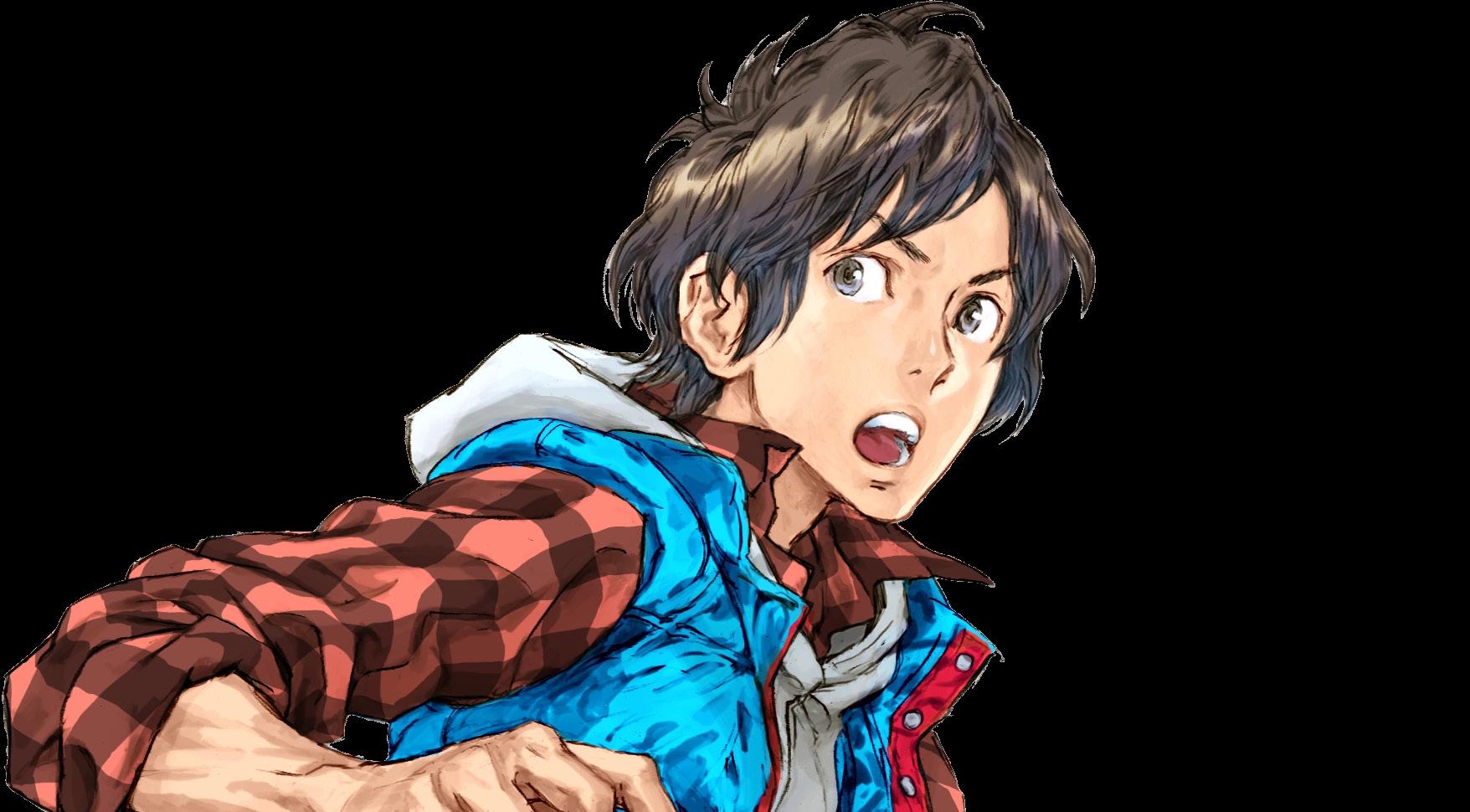
3 minute read
A HIDDEN GEM AMONG VISUAL NOVELS
ATHENA CHEN - Artist, 1st Year, Physics
"Seriously though, please play 999"
Advertisement
Originally published on Apr. 4, 2019
Recently, there’s been a lot of buzz about Spike Chunsoft’s new intellectual property, AI: The Somnium Files. Much of its attention can be attributed to the pedigree of its writer and director, Kotaro Uchikoshi, known for his cult hit visual novel trilogy, the Zero Escape series. The series, starting with the 2009 Nintendo DS game Nine Hours, Nine Persons, Nine Doors, or simply 999, has a dedicated fanbase, especially in the West. 999 tells the story of nine people who are kidnapped by a mysterious figure called Zero, trapped on a replica of the Titanic, and forced to play a high-stakes game. The cast must traverse through doorways with a deadly twist and solve puzzles to escape the ship before it sinks in 9 hours. In addition to novel sections, 999 features “escape-the-room” puzzle segments, each with elaborate solutions and brilliantly subtle clues. However, the game failed to garner a wider audience, and it’s not hard to see why. After all, Zero Escape is a niche series known for its science fiction influences and well-constructed plot, and tends to dive deep into speculative writing, rather than pandering to children and otakus with simple storylines and wish fulfillment.
To be fair, you have to have a very high IQ to understand 999. The plot is extremely complex, and without a solid grasp of number theory and theoretical physics most of the random scientific tangents will go over a typical viewer’s head. Take, for instance, the concept of morphogenetic fields, the idea that all humans are connected by fields that are invisible to the naked eye, and can transmit information between each other telepathically. This is heavily rooted in quantum mechanics and the multiverse theory, as people can even send information to and from parallel worlds. I should know; I’m a physics major myself.

A shining example of the game’s thought-provoking dialogue.
There’s also Akane Kurashiki’s nihilistic outlook, which is deftly woven into her characterisation - her personal philosophy draws heavily from Morgan Robertson’s Futility, for instance.
The fans understand this stuff; they have the intellectual capacity to truly appreciate the depths of these anecdotes, to realize that they’re not just interesting -- they say something deep about LIFE. As a consequence, people who dislike 999 truly ARE idiots -- of course they wouldn’t appreciate, for instance, the latent trepidation in the game’s existencial catchphrase “SEEK A WAY OUT,” which perfectly encapsulates our constant desire to escape from our monotonous lives. I’m smirking right now just imagining one of those addlepated simpletons scratching their heads in confusion as Kotaro Uchikoshi-sama’s genius unfolds itself on their two Nintendo DS screens. What fools... how I pity them. 😂
And yes by the way, I DO have a funyarinpa tattoo. And no, you cannot see it. It’s for the gentlemen’s eyes only -- and even then, they have to demonstrate that they’re within 9 IQ points of my own beforehand (preferably lower).

Character design at its finest.
In short, 999 is the deepest and most intelligent visual novel of all time, and thus cannot be appreciated by common folk. It easily eclipses all other visual novels in writing, character design, and intellectual depth. No wonder it’s overshadowed by its sister series Dingle Rompers, which is chock-full of tropes meant to appeal to the lowest common denominator, such as forced violence, gratuitous fanservice, and trashy waifus. Uchikoshi continues to stand head and shoulders above all the rest, and no doubt will until the end of time.





